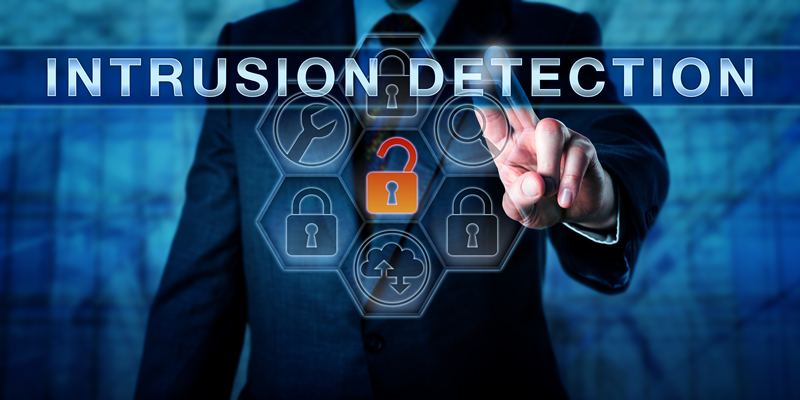With a burglary occurring approximately every 23 seconds in the US, protecting your small business is critical. Break-ins can cost you more than just the insurance deductible. The true loss from disruption of business may be difficult or impossible to calculate. Aside from the expected income, the loss of customers to a competitor that is open when you’re closed could cost you sales opportunities for years.
The first step in preventing a burglary is providing a deterrent. Smart signage and lighting can be the first step to keeping criminals out. However, sometimes that’s not enough of a deterrent and that’s when intrusion detection measures come into play. Let’s look at common solutions for small businesses.
Door and Window Contacts
A door or window contact is a device that is placed at the doors or windows of your facility. They monitor whether a door or window is opened even the slightest bit, causing a signal to be sent to your alarm panel. If armed, this can result in an audio alert, visible alert, and notification of authorities.
The key to having this first level of intrusion detection on every door and window is that this first detection may be all it takes to scare away the intruder with a loud alarm bell and avoid the situation entirely.
Glass Break Detectors
For monitoring windows that don’t open, glass break detectors are placed near panes of glass that can be broken to gain entry. These small devices monitor for specific sounds. Once detected, they send the intrusion signal to your alarm panel.
Motion Detectors
If the intruder makes it past the door and window contacts, the use of motion detectors may put an end to the intrusion. Creative thieves have found ways to enter facilities through duct work or by simply breaking through a solid wall. Once inside, motion detectors are the next line of defense most used to catch an intruder.
Motion detectors use a variety of technologies to determine that someone is moving in a specific area of the facility. Like the door and window contacts, once the motion is detected, a signal is sent to the alarm panel. If the alarm is armed, this will trigger the alerts.
Alarm Verification
Modern security systems monitored by 24×7 security operations centers or central stations not only have officers on duty that react to detected alarms, they can connect to surveillance cameras at your facility to verify that an intrusion is occurring. This provides two important actions that save your business money. By checking the cameras as the alarm is occurring, you can avoid costly fines imposed when police respond to a false alarm. However, when there is an actual intrusion in progress, the alarm monitoring company can communicate exactly what’s occurring to the law enforcement dispatcher, directing police to the exact location of the criminal within your facility.
Protection by Vision
Vision Security Technologies can design, install, monitor, and maintain your state-of-the-art intrusion detection system to secure your assets. We offer 24-hour remote monitoring of your intrusion system, utilizing all the components we’ve discussed. Plus, we have customizable solutions that protect safes with seismic detectors, employees entering the front door with dual credential capabilities, and more. We protect facilities ranging from small business offices to warehouses and manufacturing facilities and are ready to help you with your unique intrusion detection system design.



